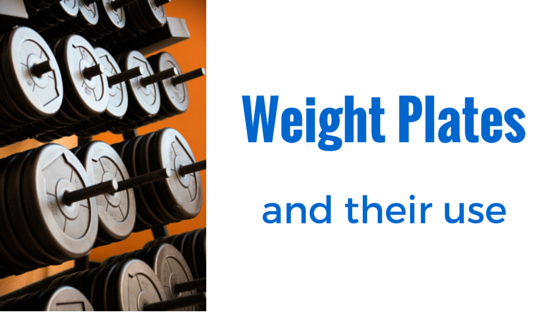Different weight plates and their use
There is a lot of material out there for your home gym. If you have not tested the material yet or trained a lot in different gyms you might not now the full scope of your purchase. Here is some guidance from different websites and what I experienced in different gyms.
Bumber plates
Bumber plates are usually made of rubber or of old tyres depending in which price class you buy them. They are especially helpful, if you want to lift overhead, as they can be safely dropped from that height and bounce. Usually they are thicker than iron plates for the same amount of weight so you need a good quality barbell with them, that full fills Olympic standards. Otherwise you might not fit too much weight on the barbell. When they are used a lot, especially when temperature changes often, they can disintegrate.

Iron plates
Iron plates are usually made of full iron. They take up less space than bumper plates. I personally find them harder to handle and they make nice noises when you move them about. They hurt you bad, if you get your fingers caught between them. Not to be dropped from overhead as they reck your floor or lifting platform. I found them to be cheaper than bumper plates in general and maybe a good option for some who considers to get a small barbell for home purposes, not intending to lift overhead.

Competition plates
Competition plates are the most expensive you can lay your hands on. They are usually iron / aluminium close to the barbell and bumber on the outside. I have not lifted with competition plates yet and I am looking forward to my first time. The biggest reason for them being extraordinarily expensive is that they get through a more regimented quality control with no leeway. Whereas a bumber or an iron plate can vary from the stated weight up to 2.5 kg, depending on size and quality of the plate, competition plates only vary in the few grams area.

Fractional plates
Fractional plates are 0.25, 0.5, 0.75 and 1kg. These ones are usually used by experienced professional lifters in their training to move their personal records incrementally up. Very expensive per gram and a real special case which most home users will not need, except when they are recovering from injury and considerably weakened.

Whatever you will pick, remember that good quality might last you for a life time and is therefore considerably cheaper than to rebuy crappy equipment every 3-5 years. Pay attention to your actual needs and do not put good plates on a subpar bar or vice versa. Let your budget match the overall set. If you can I recommend to get same sized plates, as otherwise you will expose yourself to risk of injury due to awkward load balance on the barbell.


